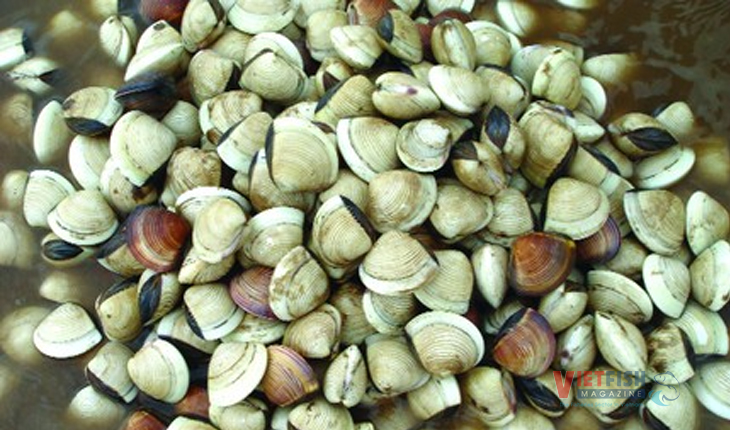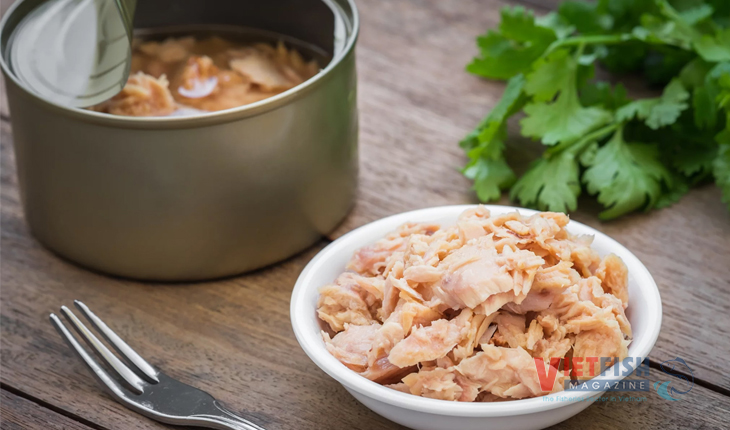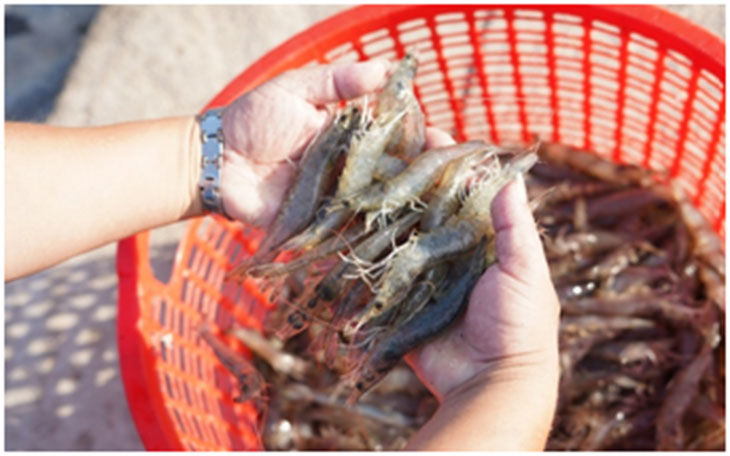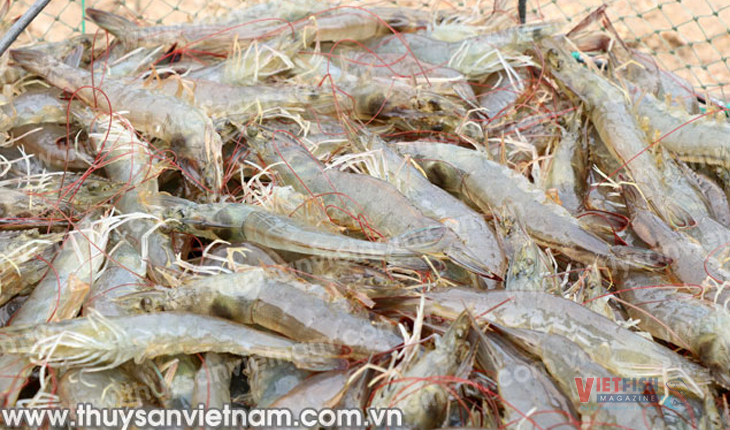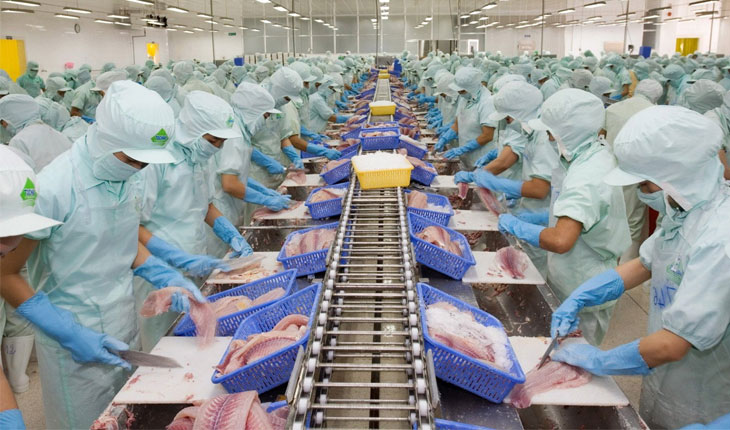Shrimp prices high due to Chinese demand

A shortfall in Chinese shrimp production this year saw buyers globally get off the mark early, and is set to keep prices firm for the rest of 2017, major Vietnamese shrimp exporters Minh Phú Seafood and Quốc Việt Seaproducts confirmed.
Both companies noted China had arrived in Vietnam to purchase shrimp early this year; around March or April, rather than May onwards. Neither firm actually sells to China in great quantities; Quốc Việt’s commercial director, Ngô Quốc Tuấn said his company had not found suitable partners there yet, while Minh Phú’s Phan Vinh Hiển noted Chinese buyers had come to largely buy direct from farmers.
The latter noted this had meant there was a slight scarcity in raw materials around May and June, contributing to firmer prices. Also, he said, such has been the success of Vietnamese farming in 2017, that farmers mainly had large shrimp to offer; smaller sizes have been nearer to their larger counterparts in price than usual.
“China is always growing as a market, but their production was down this year,” said Tuấn. “They need to import shrimp, and so customers in other markets felt the need to secure their supplies.” Hiển agreed, noting China had been buying in Vietnam, Thailand and Indonesia already this year, and that buyers were expected to be in India for that country’ second harvesting period, around mid-October.
Both companies said 201 had seen a more stable supply of Vietnamese shrimp; better sales, and higher prices year-on-year.
Tuấn said prices for Vietnamese vannamei were perhaps 10% up y-o-y, at $11/kg. Both expect prices to remain stable and fairly firm through until the year end, as the supply picture looks stable.
“Vietnam and India had good first harvests earlier in the year; Vietnam’s second will be as good, but I heard India’s second may be down,” said Hiển.
Tuấn expects prices to be “very firm” over the next two or three months; he noted Quốc Việt had already had some orders through until Q3 2018, indicating global demand does not seem to be easing.
Black tiger rises
Minh Phú, meanwhile, noted that while vannamei prices should be stable, those for the organic black tiger it produces are likely to rise.
“There’s not a lot of production, and only a small market – but that market has a really strong demand,” said Hiển. “The last harvest for this year has taken place now, so the next one won’t be until January. With holiday-season demand just starting, prices are likely to go up.”
Minh Phú expects to produce around 60,000 metric tons total shrimp in 2017; 30% of that is black tiger (18,000t), and 70% of that in turn (12,600t) is organic, mangrove-farmed, he said.
During Vietfish’s shrimp seminar, Minh Phú chairman Le Văn Quang called for greater investment in the genetics of black tiger farming, to enhance productivity. “If Vietnam invested in the genetics behind black tiger, make it tempting to farm this species again by improving productivity, we’ll get more supply, and prices will come back to maybe $2/kg higher,” he suggested. “That way, we can still dominate the world’s black tiger market.”
VFM


